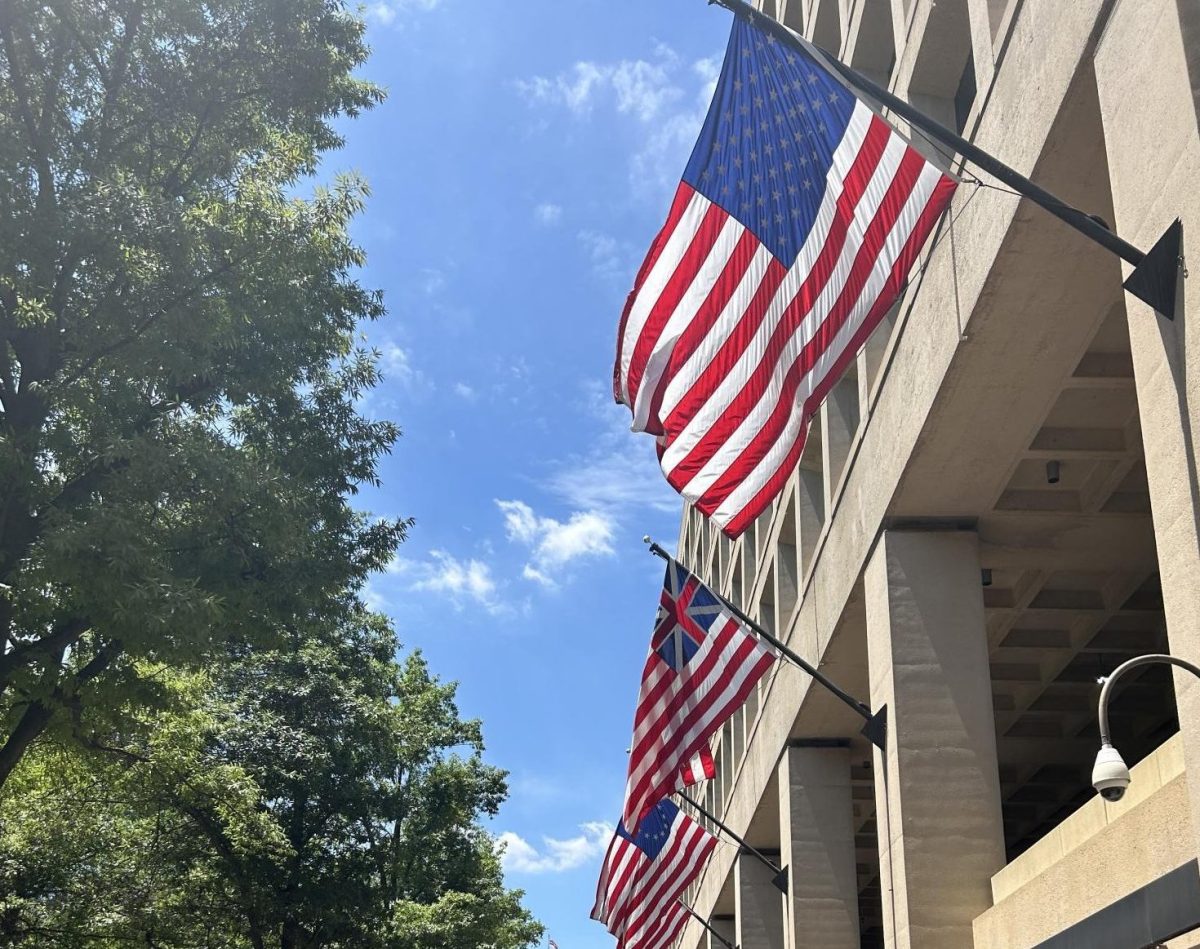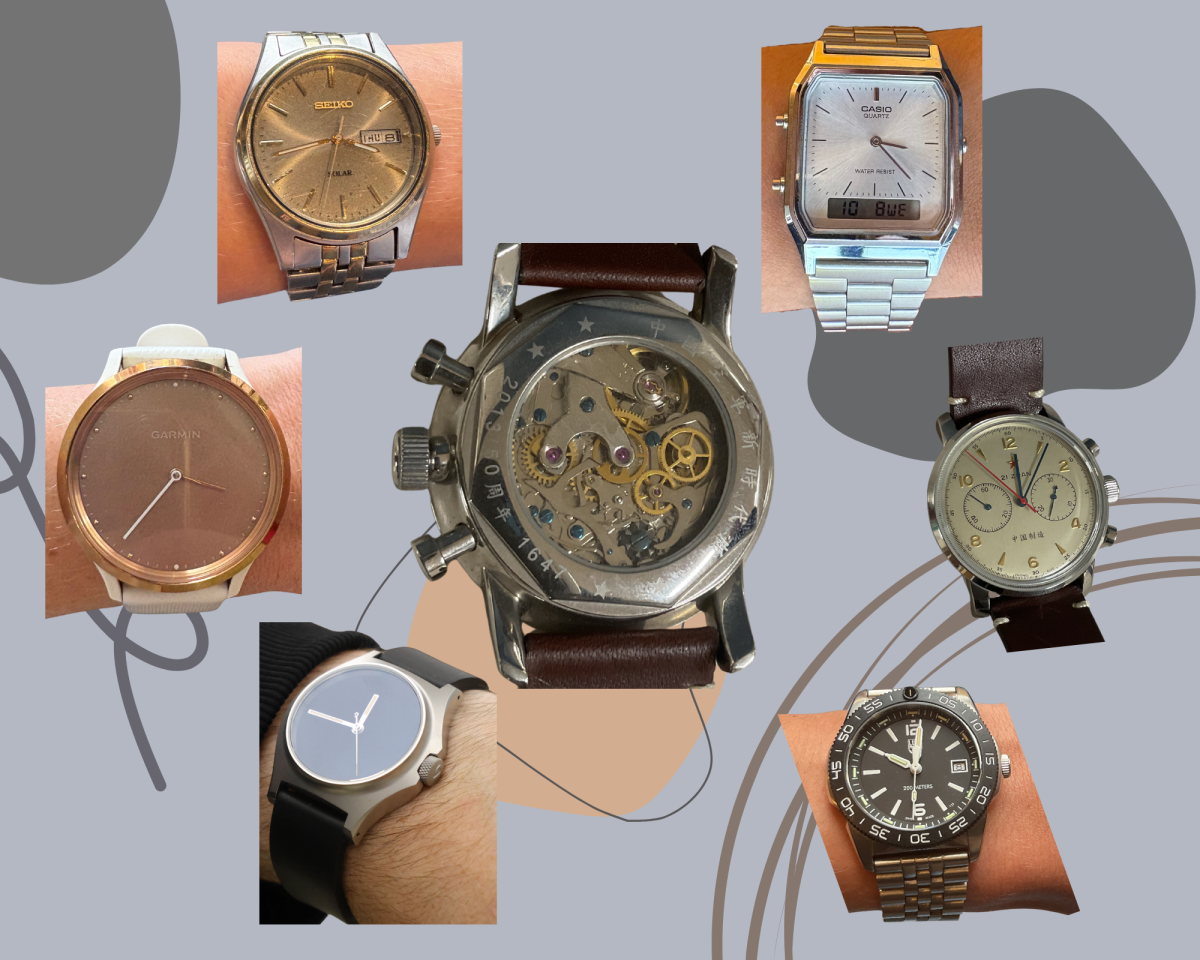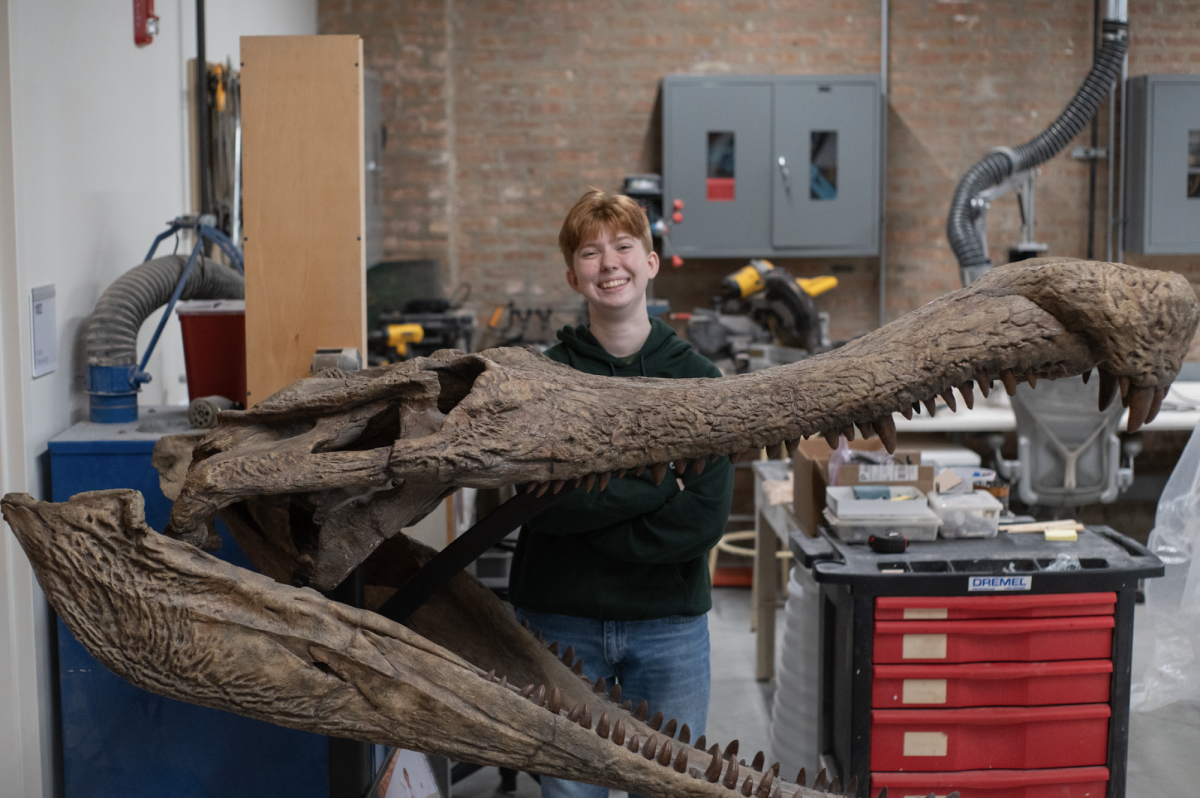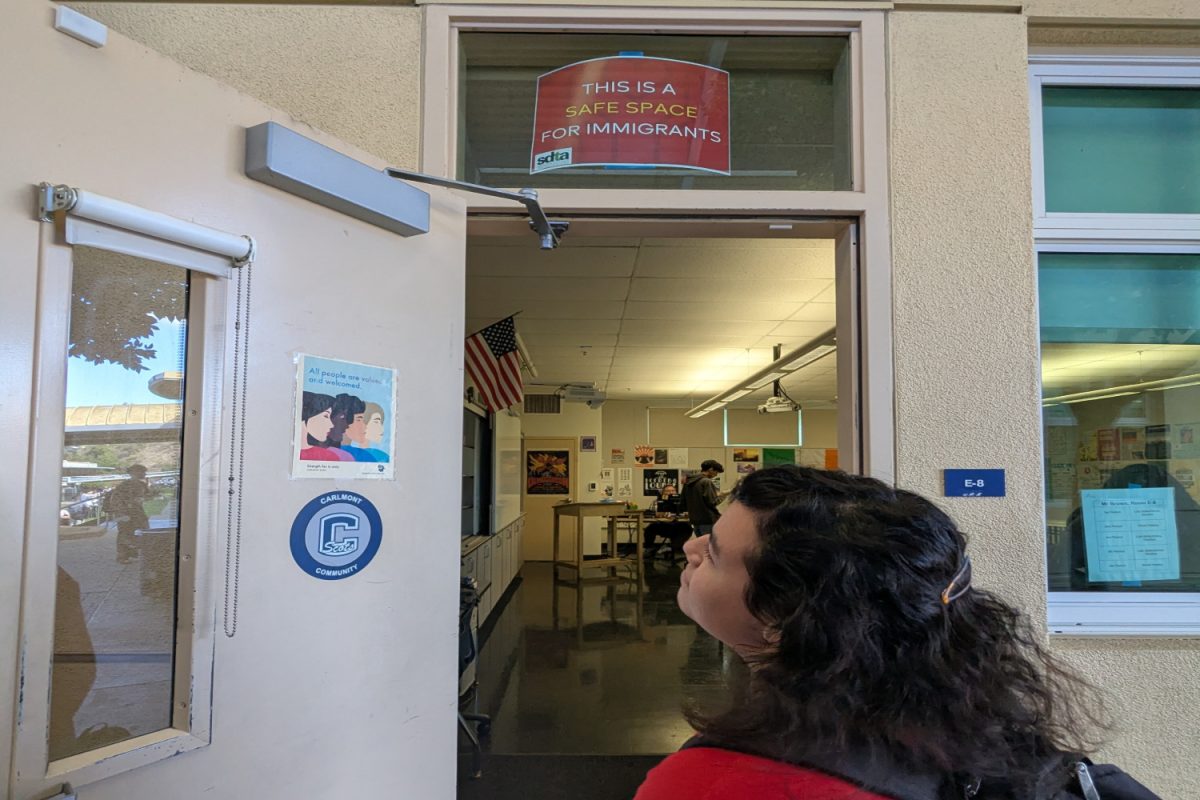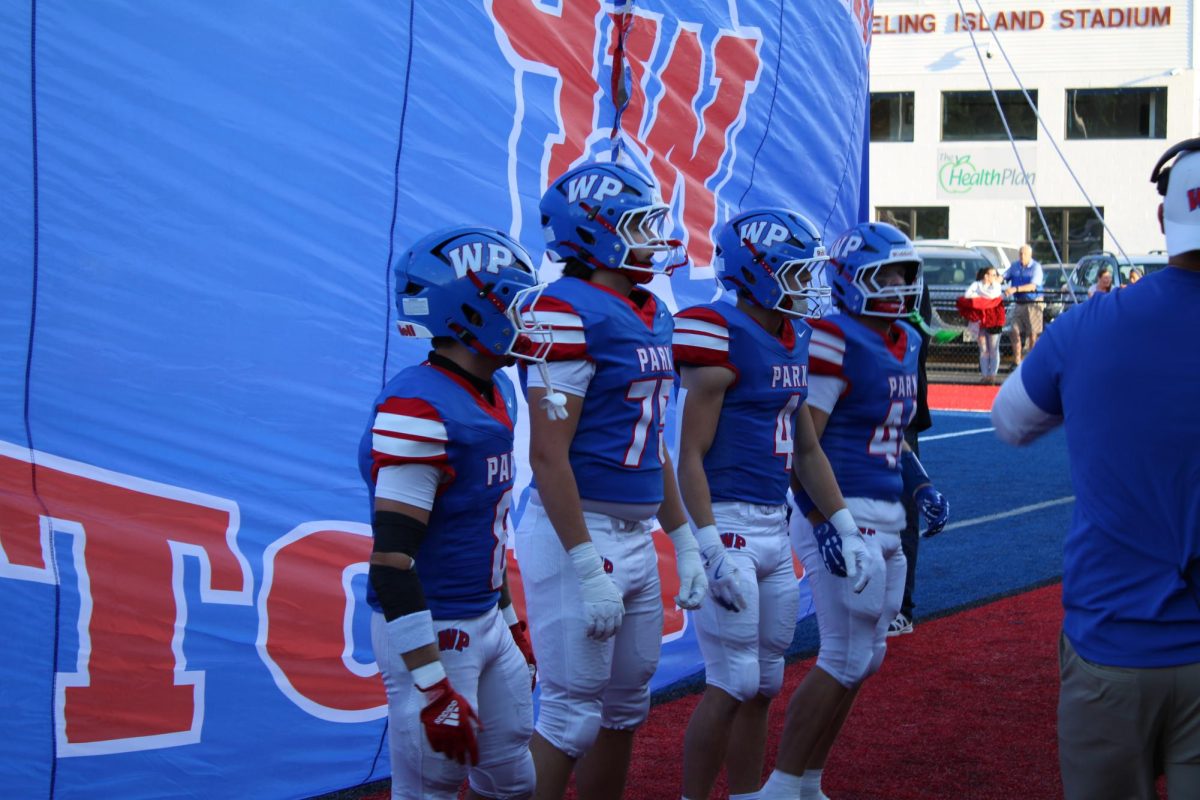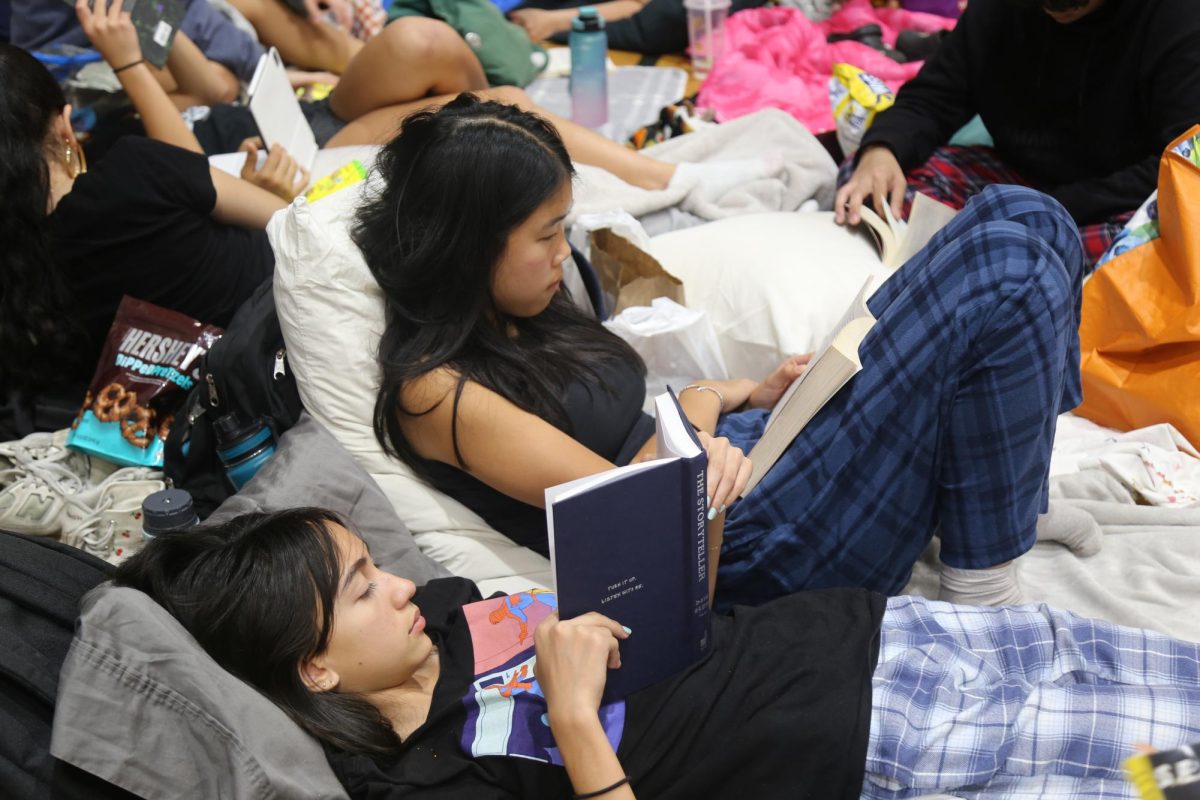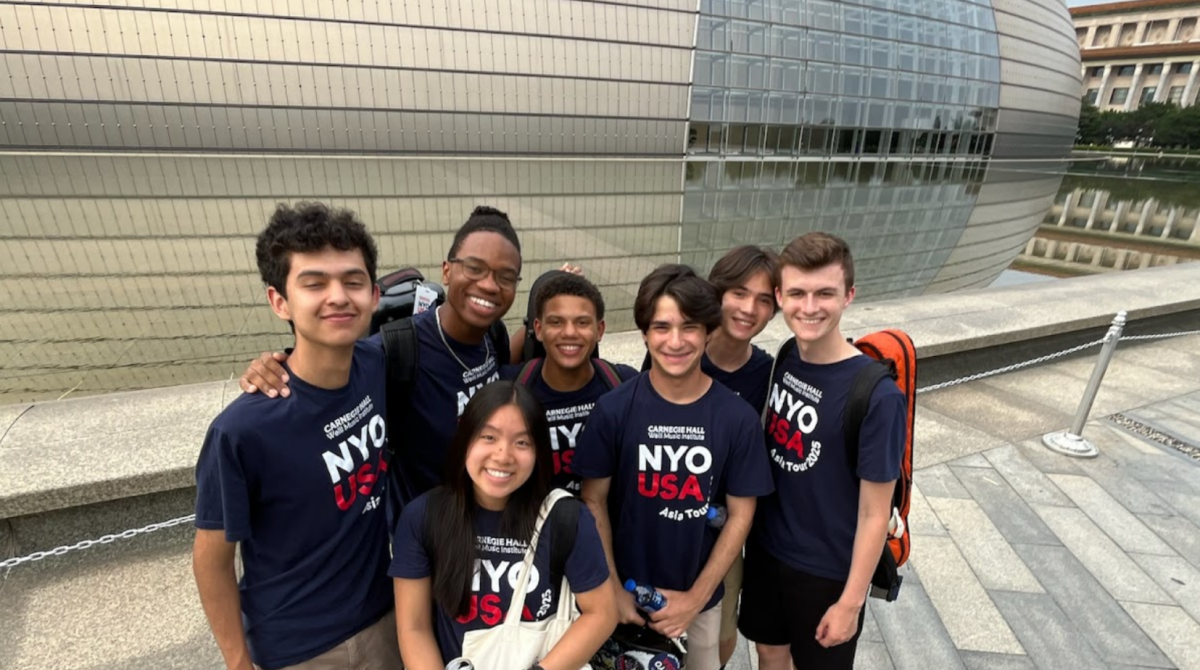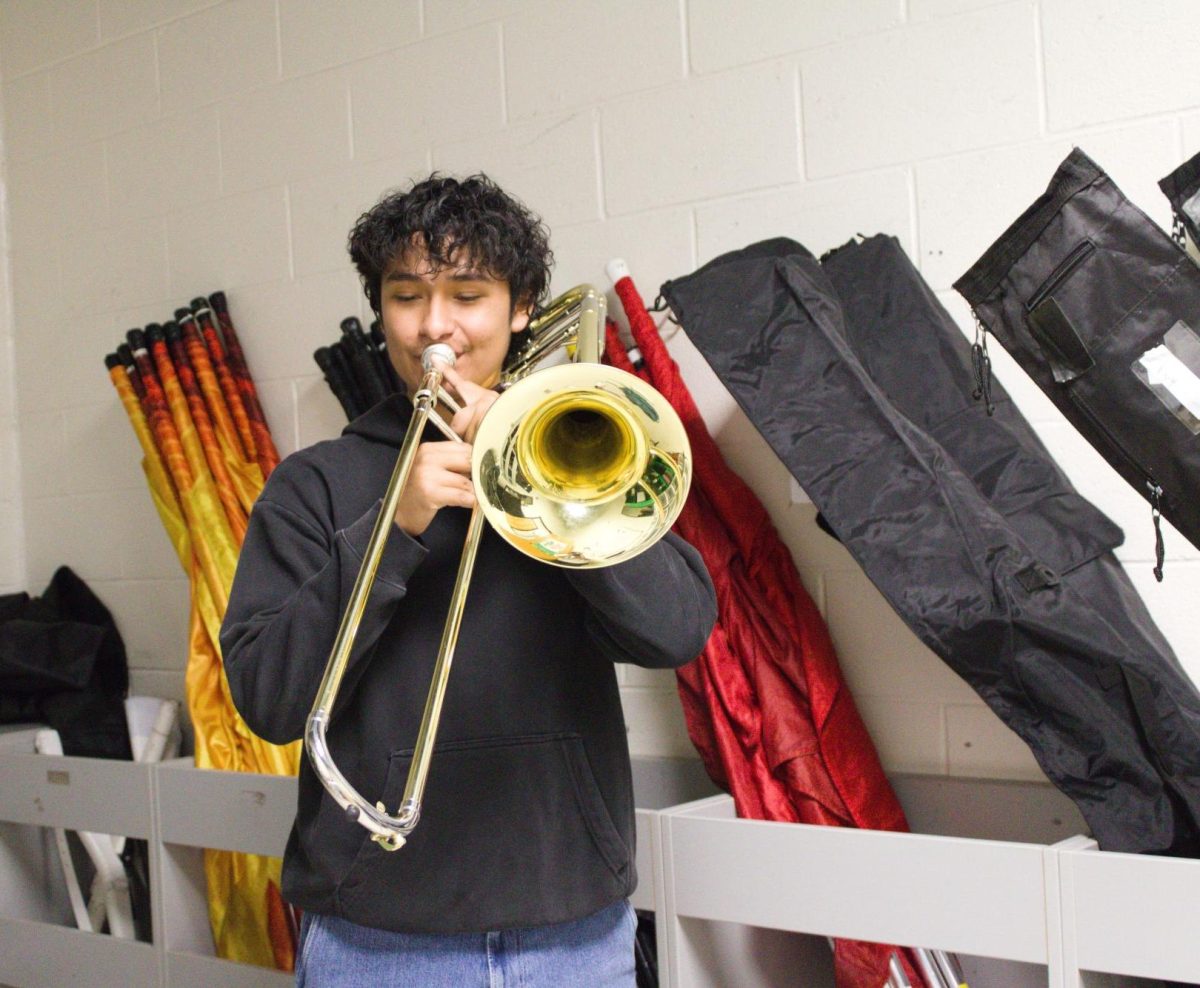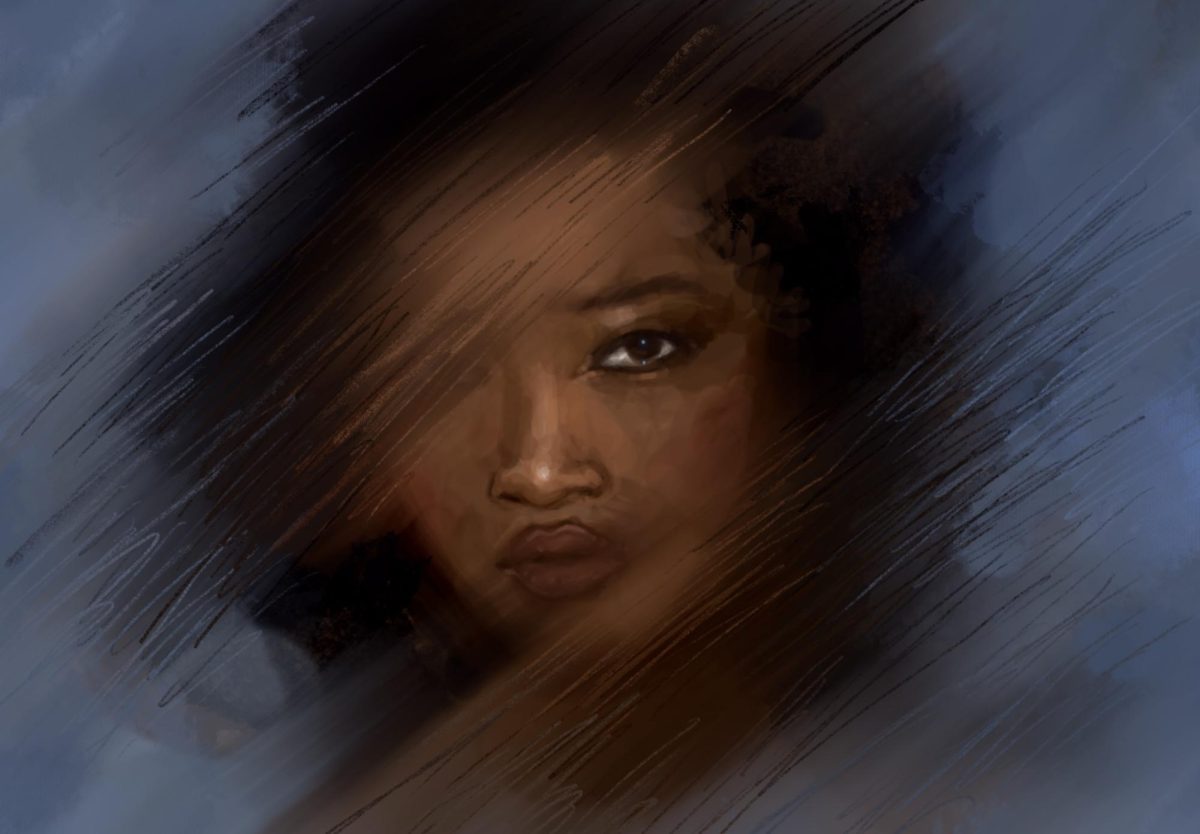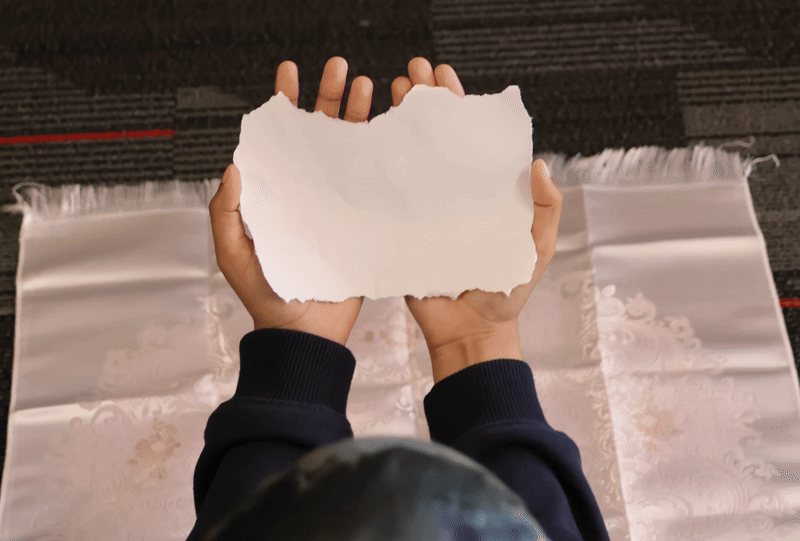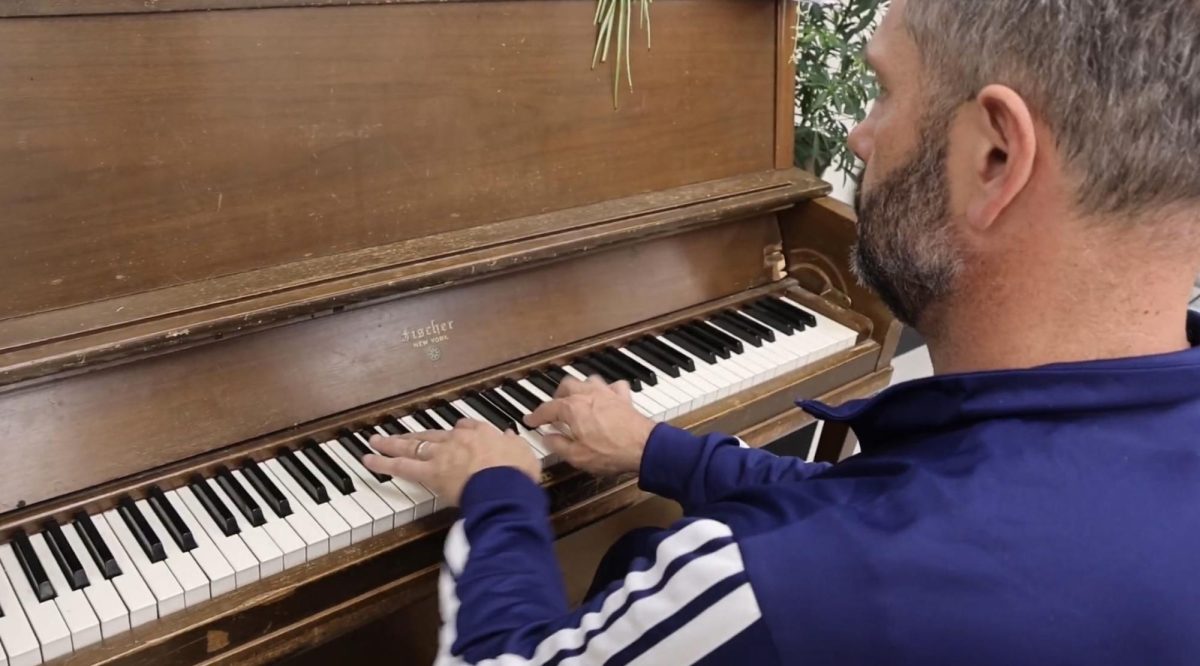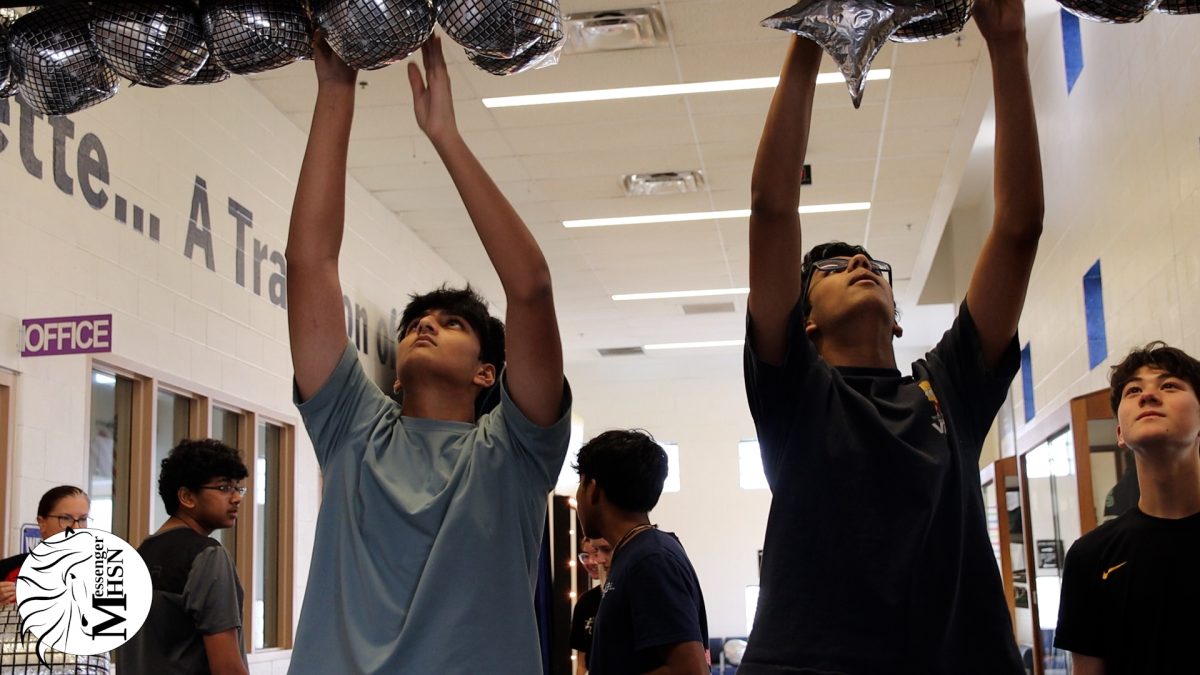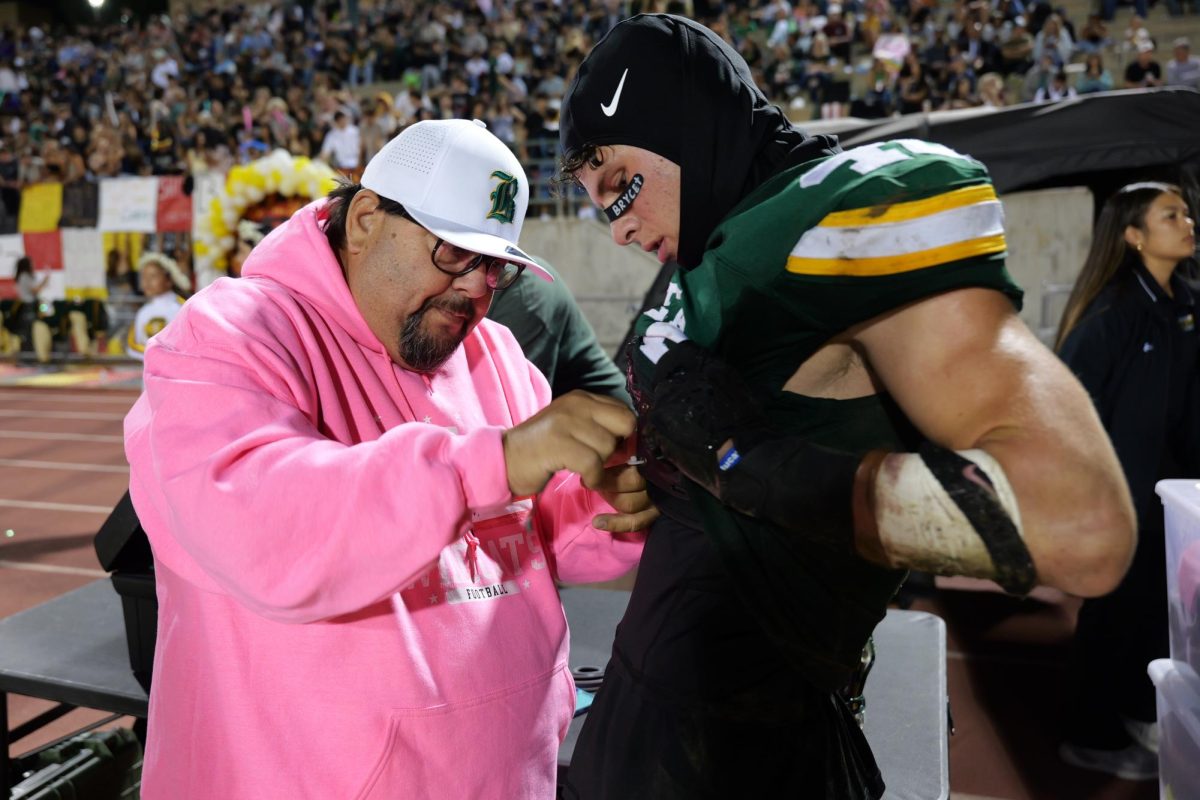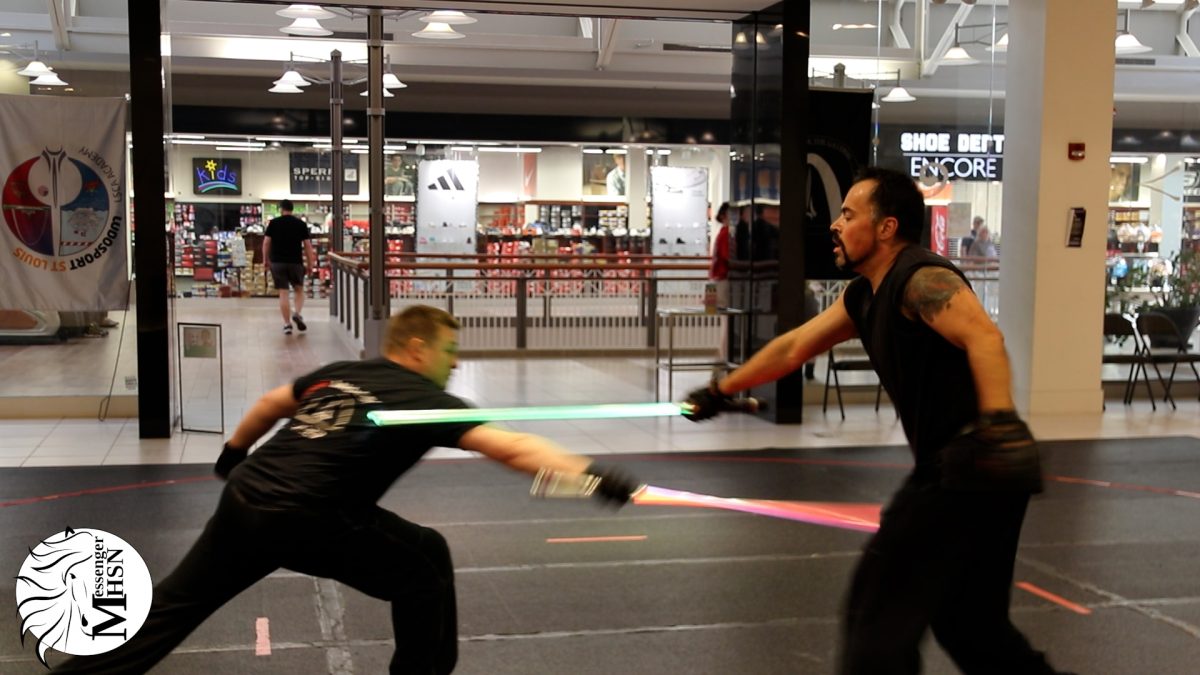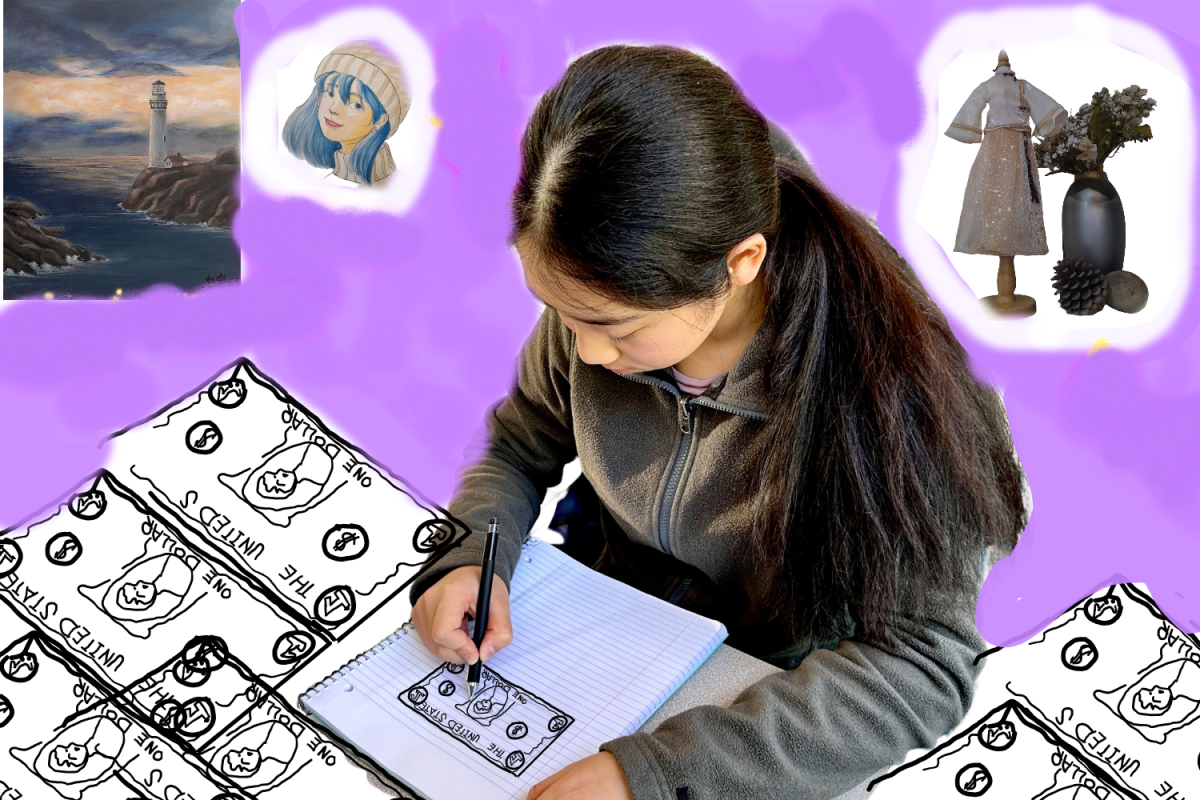Forty-four million.
That is the number of artists who walked away from their careers in 2023.
The path of an artist is anything but easy. The art world, shaped by unpredictable demand and changing sale numbers, can be an unforgiving space. While many turn to art as a way to cope with anxiety and depression, the financial uncertainty of an art career often adds to emotional and psychological distress.
Despite these challenges, the number of people pursuing art is expected to grow. According to the Bureau of Labor Statistics, employment for fine artists is projected to increase by 3% between 2023 and 2033. Each year, nearly 5,000 new openings for craft and fine artists emerge, many due to retirements or career transitions. However, the lack of visible success — such as financial stability or recognition — can be a powerful deterrent, discouraging many talented individuals from continuing their artistic journey.
Yet, for those who stay, art remains more than a profession; it’s a calling. For Carlmont High School sophomore Michelle Peng, this calling is worth fighting for.
“I’ve always loved art. As a child, I dreamed of becoming a full-time painter, but now I’m exploring digital art and design. I’d love to work on illustrations for novels or even become a digital artist,” Peng said.
Unlike many young people, who face pressure to pursue more traditional and financially secure careers, Peng has the support of her parents.
“My parents are thrilled to support my dream. They see art as a valuable part of who I am, and they’re happy that I may be the first artist in our family. I’m not pressured to choose art as a career, but it will always be my passion,” Peng said.
While financial challenges remain a reality for many artists, Peng refuses to let them define her path. She plans to juggle multiple creative careers — digital design, fashion, and writing — so that she can continue doing what she loves while also making a living.
“I know I’d struggle to survive solely as a painter. But I want to find ways to make art sustainable — whether that’s through fashion design or becoming a novelist,” Peng said. “Art is my true passion. It’s the one thing I know I’m skilled at, and I want to nurture it for the rest of my life.”
Despite its importance, art remains an undervalued profession in many parts of the world. Some parents disapprove of their children pursuing art majors, fearing an uncertain future. Aileen Ra, an art educator and artist who graduated from the California College of the Arts, argues that art is just as necessary as other fields.
“It opens the creative mind. Even if someone doesn’t pursue it professionally, having that creativity can allow emotional or mental freedom,” Ra said.
However, she admits from her experiences that artists face hardships.
“I still think that artists struggle with financial instability to this day due to inflation and the rising prices of arts education. Also, it’s not easy getting into the rhythm of gaining financial stability as artists don’t have the direct route to a stable paycheck like other jobs,” Ra said.
For many, art is a passion and a form of self-expression that transcends words. But can it also be a sustainable career? In a world that often prioritizes practicality over creativity, aspiring artists face a crucial question: Is pursuing art worth the risk?
Unlike many, Jongmin Lim has successfully turned his passion into a full-time career. As a professional artist, he understands the financial challenges firsthand.
“I’m steadily working on my work while taking care of economic issues, like teaching,” Lim said.
It is evident that one can’t rely on just one income stream. Selling paintings alone isn’t enough; they must explore commissions, prints, social media, and brand collaborations. Lim’s perspective reflects the harsh reality — creativity alone doesn’t pay the bills.
Beyond financial struggles, many artists also battle self-doubt. Lim admits there were moments when he questioned his abilities.
“I wonder if I really have talent when I see works that I feel are better than mine,” Lim said.
Peng shares similar struggles.
“There are times when I wonder if I’ll be able to support myself as an artist,” Peng said. “Sometimes, I see others giving up, and I think — will that be me one day?”
But instead of letting doubt take over, she turns to her canvas for answers.
Peng wasn’t always a skilled artist. She struggled at first, doodling aimlessly before finding the disciple to train herself.
“When I started being serious about art several years ago, I searched up tutorials and consulted teachers to figure out a way to practice drawing,” Peng said. “When I was referencing pictures online for inspiration, I could never really perfectly replicate the reference photo and that made me really sad.”
Her breakthrough came when she learned about light and shadow.
“One day in my art class, my teacher told me that if I really wanted to advance in art, I should master the fundamentals first or techniques for drawing 3D objects. And so I learned the fundamentals. With light and shadow, my art looked much more professional and beautiful,” Peng said.
Even as her skills grew, Peng faced another challenge: art block.
The art block
“I believe that artists mainly face art blocks in their lives. It’s inevitable, but the lifestyle naturally creates that space that is hard for artists to constantly work in. The inability to want to draw is really scary and can be so tiring all at the same time. Of course, there are other problems like depression, addiction, and financial struggle, but art block is definitely a big problem that stops one’s creativity entirely,” Ra said.
Claudia Kim, an art educator who currently attends the California College of the Arts also believes that a common motif is mental health and art block.
“Everyone has stuff going on, and at times, it’s challenging to get past it. We have to all find our ways to compartmentalize and push on,” Kim said.
This was the same overwhelming feeling Peng felt — being stuck in a creative process without the ability to move forward and make something new.
Peng sometimes stares at a computer screen or a blank page, not knowing what step she should take next.
“I’m still experiencing that now,” Peng said. “Now that I learned the tricks, I have no desire to move forward and make new improvements. I still struggle because I’m so used to my current style that I don’t know how to move forward anymore. I still know what to draw it’s just the things I draw are getting pretty repetitive and boring.”
In fact, that has been a problem for Peng ever since she was little. Her art teacher told her that because Peng consistently worked with her own style instead of accepting new styles, which would be a hindrance to her learning pathway. The teacher warned her that it would make it harder for her to draw things in other ways.
“I get so used to my own style I feel uncomfortable to explore new things,” Peng said. “Like my style has long been Chinese ancient style and it’s basically impossible for me to draw something classic European. I also only draw people and animals, and it’s really hard for me to draw trees and scenery.”
However, Peng, desperate to improve and advance her skills, took the challenge.
“I convinced myself that my current style needed some reforms, and I searched up reference photos that were drastically different from my usual style. I studied them and tried not to fall back into my old habits,” Peng said.
Peng tried classic European styles, drawing inspiration from Enlightenment-era works and Claude Monet.
Sitting before her canvas, she turned on ocean music to motivate herself and began painting. She spent ten hours creating what is now one of her most notable pieces, “Eternal Global Hour,” which captures a stunning sunset.
As Peng’s brush glided across the canvas, stormy grey clouds clashed with streaks of golden light. The scent of acrylic paint lingered in the air, blending with the sound of ocean waves playing in the background.
“I wanted the painting to feel alive like the sun was fighting to break through the storm,” Peng said.
Kim emphasized the importance of realizing artistic potential.
“Finding one’s voice is the next part of the journey, and personal expression is what I believe to be an essential quality necessary for good art,” Kim said.
Peng had discovered her artistic voice. She showed her dedication to exploring different perspectives and specialized in realism, a new style, instead of the imaginative Chinese cultural drawings she usually worked on.
Despite feeling accomplished, Peng realized she still preferred her original style.
“I feel more comfortable doing things I’m more familiar with, especially when I’m not good at mimicking other people’s styles,” Peng said.
While her talent is growing, Peng has yet to win any major art competitions. In November 2023, she submitted a piece to the Parent Teacher Association (PTA) Reflections Art Contest, a nationwide competition for K-12 students. Though she hoped for recognition, she viewed the contest as a valuable opportunity to practice and push her creative boundaries.
“The competition is a chance to grow, even if I don’t win. It challenges me to think outside the box and push my creativity,” Peng said.
Last year, Peng also participated in the Reflections Art Contest; however, she struggled to express her ideas digitally, as she is most used to drawing with physical art tools.
“Last year, I did not have any time to plan for my art, so I had to do it digitally. I am not the best at digital art, especially under a tight time limit so I could not refine my drawing. When I did finish and printed it out, I looked very pixelated and dark, which ruined the entire art,” Peng said.
However, her tenacity and passion for art are what sets her apart. While winning awards might not always be the measure of success, the meaning and emotion an artist conveys through their work are invaluable. For Peng, art is about more than the end result — it’s a medium for exploration, expression, and connection.
In one of her more personal works, Peng depicted a horse — a subject she often draws, despite not seeing many in person. Drawing animals like horses and wolves allows her to connect with them on a deeper level, even if only through her art.
“Drawing horses makes me feel like I can relate to them, even though I don’t see them every day. It’s about building that connection through creativity,” Peng said.
Kim’s experiences
Like Peng, Kim was able to learn more about her strengths and weaknesses, though she did it through her college experiences.
“College was very humbling and uplifting for me. The experiences told me to improve in places where I expect excellence and showed me hidden strengths and potential. I believe I have become better at trusting the process and giving an open ear to teaching moments necessary for growth and development that I think should continue through life,” Kim said.
Even with the development that university brought her, there was a key issue that Kim believes artists face when pursuing art in higher education.
“With the way that universities in the United States continue to increase, there are definitely a lot of difficulties that we have to face. There are so many students in debt, and there’s the whole issue of finding jobs. I see many people studying subjects besides their intended major to make ends meet and ultimately get stuck in the 9-to-5 limbo away from the work they originally wanted to do. I find that scary because it’s so oppressive and constricted. Money is one of the biggest takers and givers to someone pursuing art,” Kim said.
So how can this issue be solved?
ArtConnect has the answer. By selling art online or an online shop, through platforms such as Etsy and Saatchi Art and linking the shop to social media accounts, it will increase visibility. Additionally, by offering commissions, using a crowdfunding platform, directing sponsorships, offering artist grants, and participating in fully funded residencies, artists can thrive in this world.
Especially in a world where art seems to be dominated by artificial intelligence (AI), intensifying issues of artists can lead to job displacement or threaten artists’ careers and cause a decline in demand for human artists.
However, while addressing the negative effects, Lim can also see the future of art evolving in a positive way with AI and digital tools becoming more popular.
“The horizon of art will be broadened through AI as a creative partner; it will become an important tool and companion to create a new world of art by cooperating with AI, rather than something to be afraid of. It will be an era where more people will emphasize the artistic activities of drawing and enjoying themselves and human spirituality will be emphasized more,” Lim said.
Possible regrets
One of Kim’s regrets was the possibility of personal or private work being exposed.
“Pushing the boundary between art and self is complex sometimes. Sometimes, you create something about yourself that you didn’t mean to share. And it’s even something you might have noticed during the creative process because it was intuitive and less planned,” Kim said.
However, Ra thinks about it differently.
“Rather than regrets, I always would have ‘what if’ thoughts of my actions if I had acted differently like what if I went to a different art school than the one I attended? How much of a difference would my life be?” Ra said.
Currently, as a teacher at a private art institute, Ra struggles with being able to articulate her actions into words.
“I am so used to working independently. Having to work out what I’m demonstrating is very difficult,” Ra said.
The role of art in bringing change
Despite this, Kim and Ra have found ways to positively impact the world.
Kim believes she can use art for a greater purpose.
“I would love for my art to be an outlet for speaking and responding to the world. I believe my art is meant to become a resting place where I and the viewer can experience this dialogue and connection, though we are not present together. I am interested in social and environmental issues, and I hope to find my voice in those topics as my art continues to evolve,” Kim said.
Ra also created a piece to raise awareness about South Korea’s post-WWII struggles, using her artwork as a tool for social advocacy.
“In my recent works, I created a piece that would naturally draw the audience’s eye in order to spread advocation of Korea’s struggle post World War 2. By attracting the audience with a piece that’s different, I utilize that attraction to be able to truly tell the audience what I want to say,” Ra said.
To Ra, art is a way to make sense of the world and communicate important messages. This shows the important role art plays in raising social awareness in cultures. Ra is taking big steps to make a difference in people’s lives through her love for art, especially for people who would like to attend schools that they can’t afford.
“Schools with and without art programs show a big difference according to various statistics over the years. I recently made contact with CreateCA which is a non-profit organization that advocates arts education in all public schools. After my commission with CreateCA, my respect for arts education had heightened and rather made me want to motivate students to continuously try art,” Ra said.
Kim echoes Ra, advocating that all students should have access to art programs.
“I am glad to see schools increasing their support of creative programs, though the schools I have heard about are more art-based. Public schools should provide enough support with proper teachers, subject matter, and materials so that people can explore art and later continue their education if desired. This support is essential and fundamental,” Kim said. “Art has taken root deeply today because people are more aware that artists create content they enjoy. Design is included in daily life: animation, product design, fashion, photography, etc. It’s everywhere, and I think it is deeply loved by many via the interest they pursue.”
However, Ra notes that people are only attracted to larger pieces.
“At grade school, I don’t think students are interested in art unless it’s big and eye-catching. A lot of work that is showcased is usually beginner-level pieces, but that could also just be from my experience,” Ra said. “But I think that people are more likely to become artists today than they were in the past because of how powerful the internet can be that one piece or video can make someone go viral. Their chances of exposure are a lot higher and faster than it was in the past.”
Inspiring the next generation of artists
For aspiring artists like Peng, the road to success may be filled with obstacles, but their passion for creation drives them forward. Despite the struggles she faces now or anticipates in the future — financial instability, the occasional creative block, and lack of time — Peng remains committed to pursuing her artistic dreams.
While the future remains uncertain, Peng holds onto one unshakable truth: art is not just what she does — it’s who she is. For artists like her, that’s reason enough to keep creating, one brushstroke at a time.
“Art is my life’s passion. Even when things get tough, I know I’ll keep creating. It’s what makes me happiest, and I want to keep doing it for as long as I can,” Peng said.
This story was originally published on Scot Scoop News on April 15, 2025.


